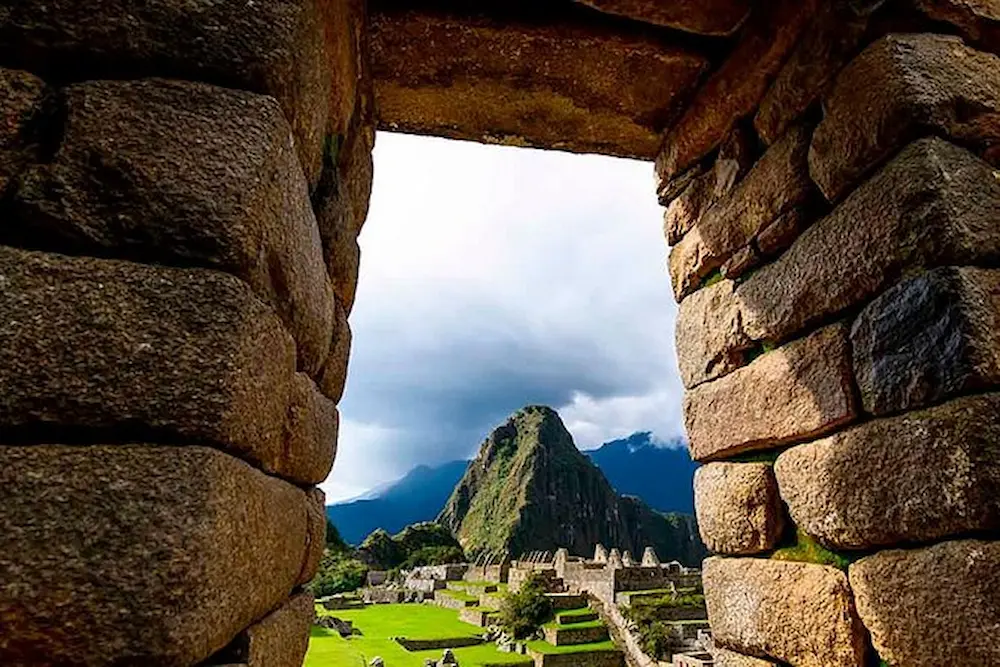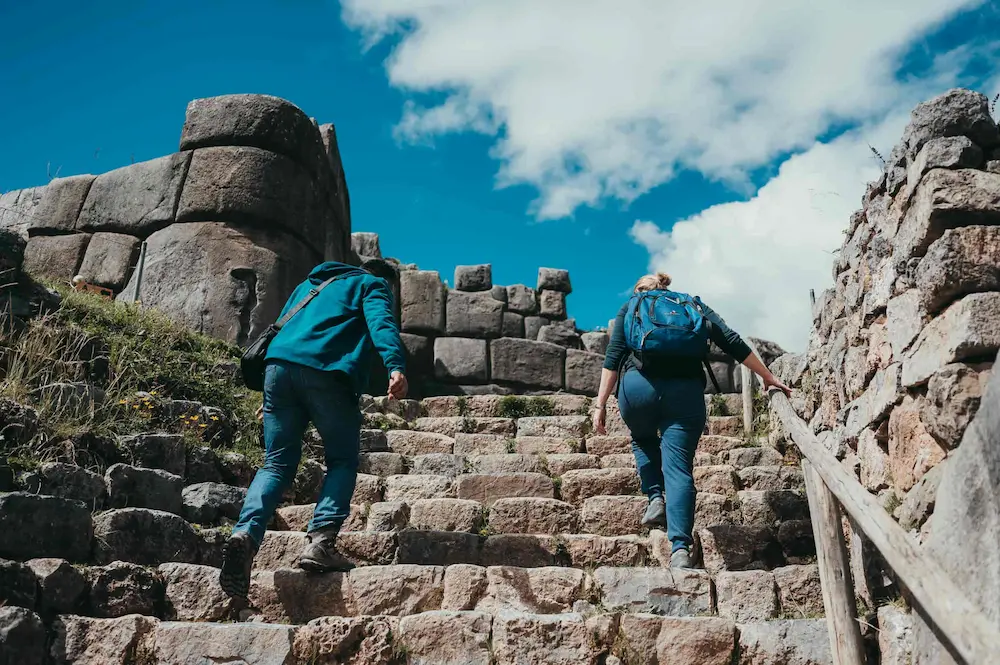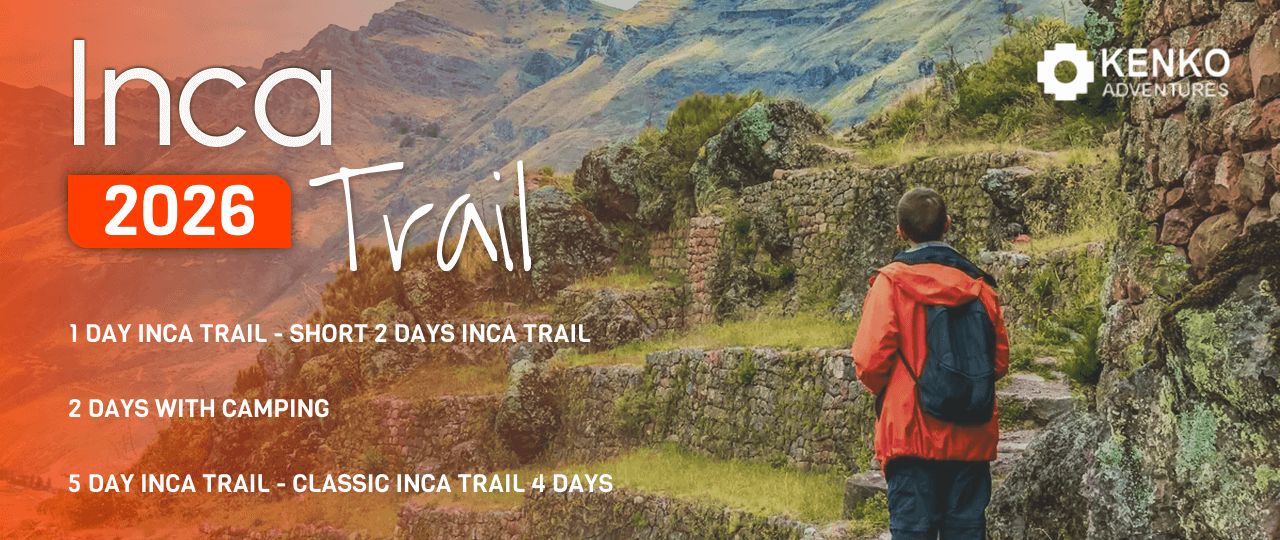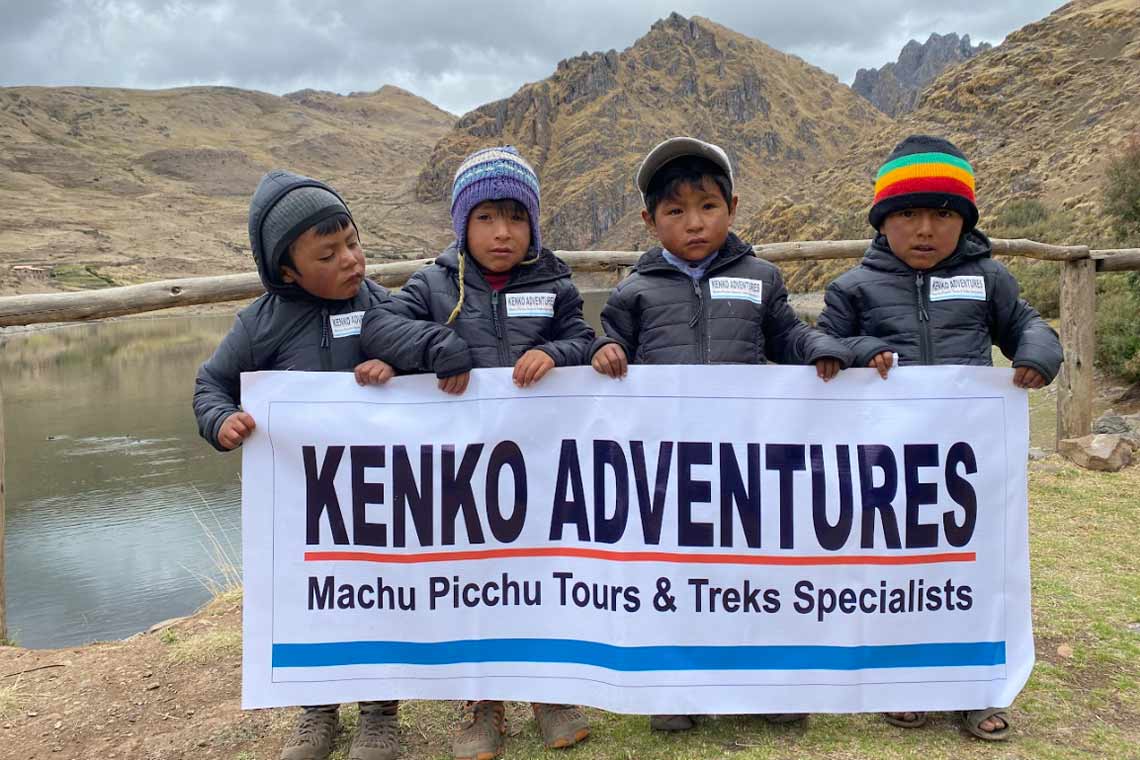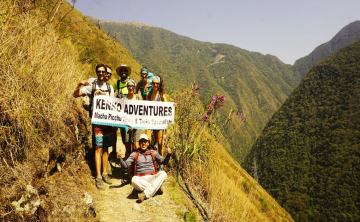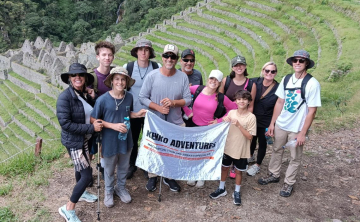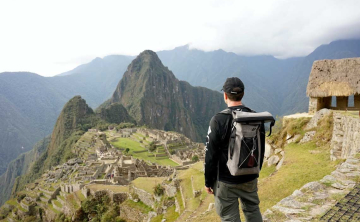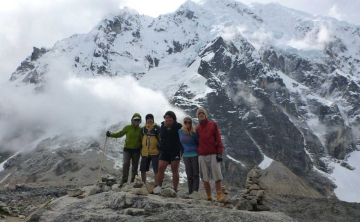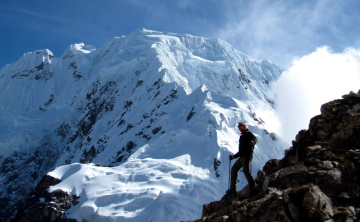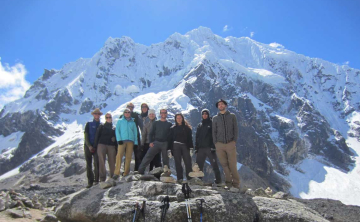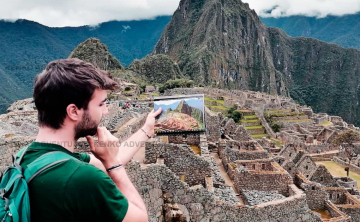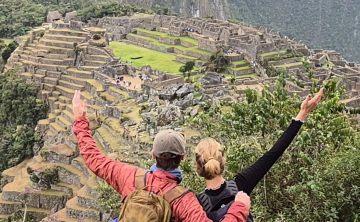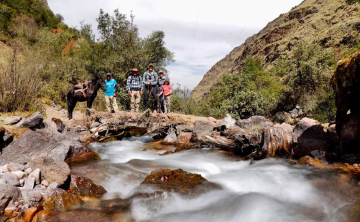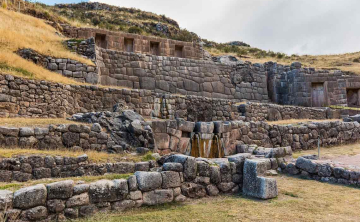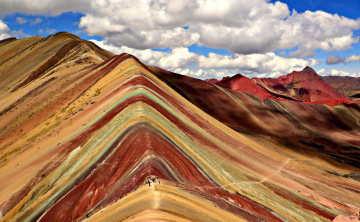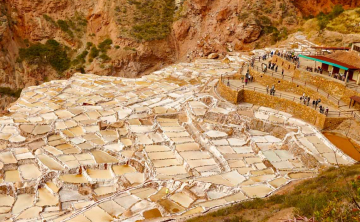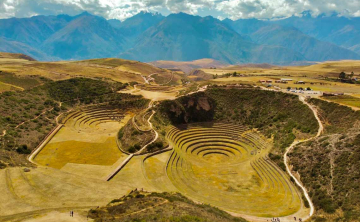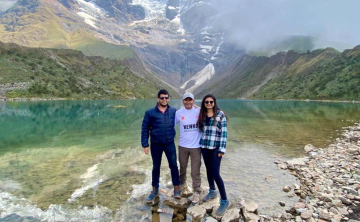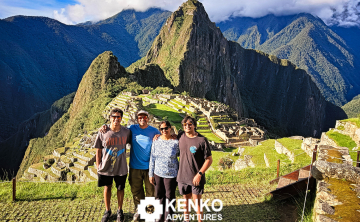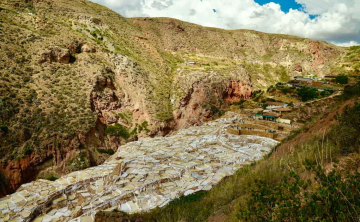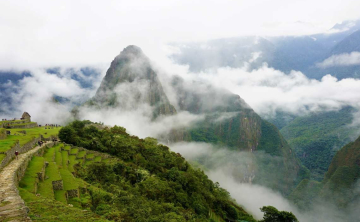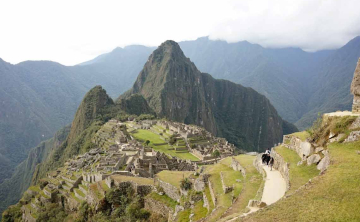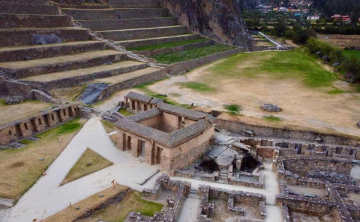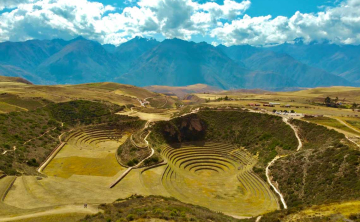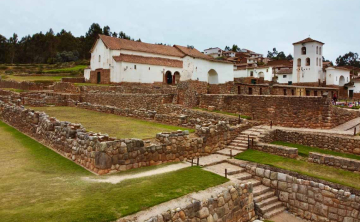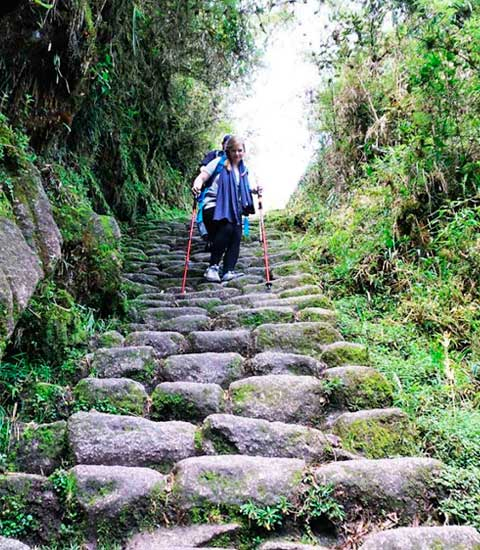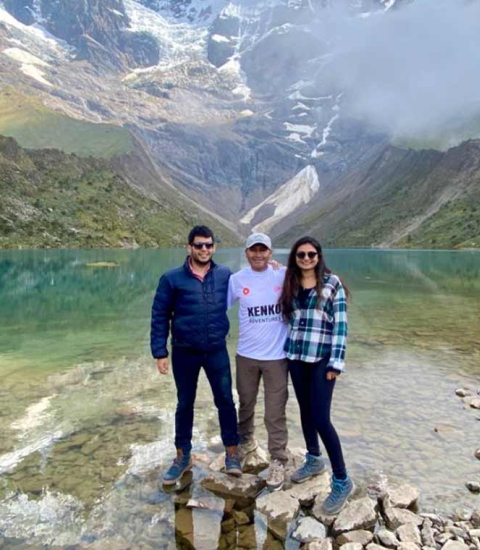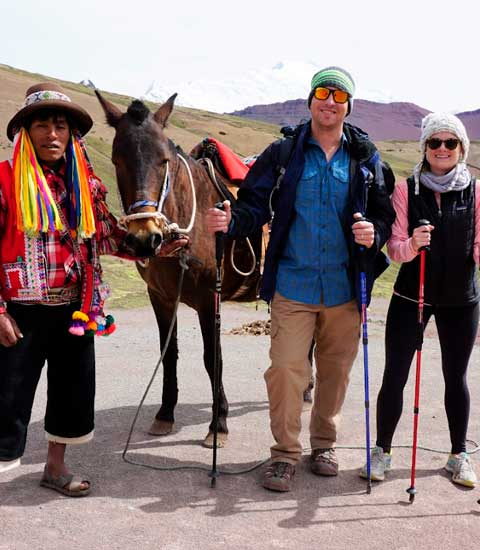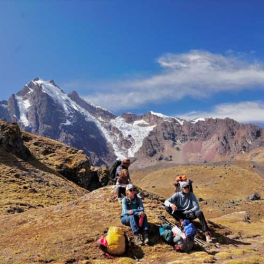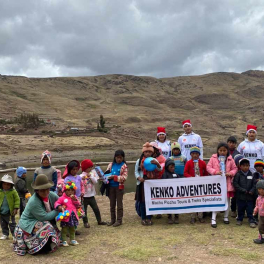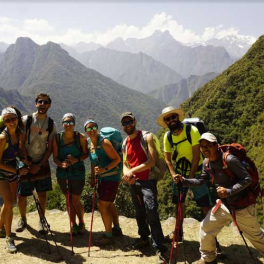Inca calendar: Solar alignments at Machu Picchu
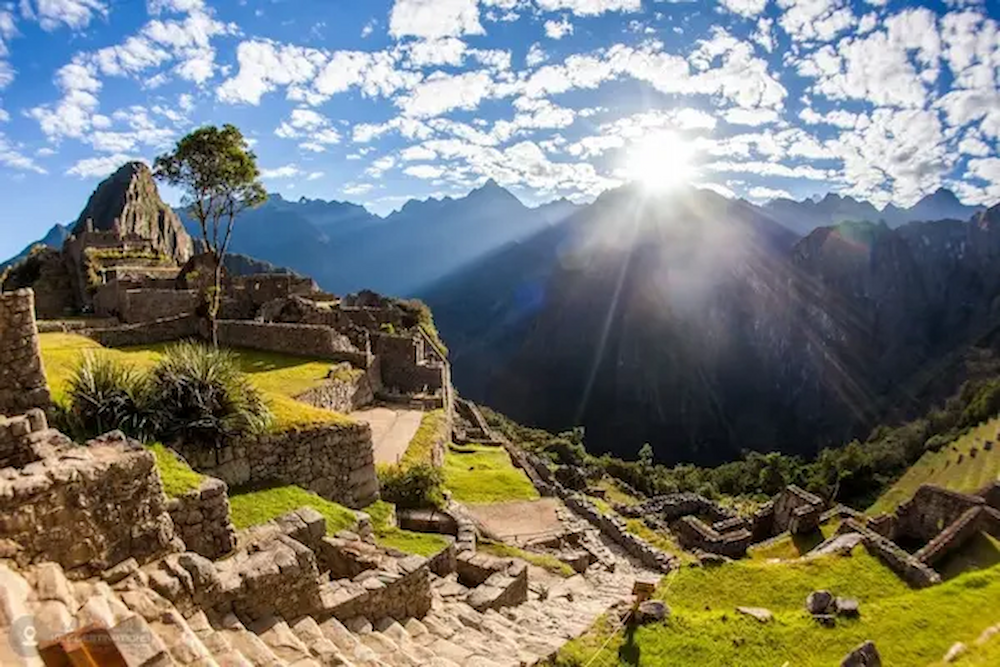
Imagine walking along ancient paths where every step has a connection to the magnificence of the Inca calendar, a wealth of astronomical information used by the Incas to guide their daily activities, crops, and rituals. This journey redefines exclusivity if you're a tourist seeking a unique experience outside the usual route. The Inca calendar had close connections to agriculture, mysticism, and the most venerated rites in the empire, in addition to serving as a time marker. The best thing is that it may be experienced at the top of the Andes, at places like Machu Picchu and the Intihuatana, where the alignment of the sun still reveals mysteries that have been forgotten for ages. If your next adventure seeks not only extraordinary landscapes but also a unique connection with the history and culture of Peru, this article will take you to discover the secrets the Incas left engraved in stone and sky. Prepare for a luxury experience that goes beyond traditional tourism.
What is the Inca calendar and why is it so important?
The Inca calendar was not just a tool for measuring time; it was central to the survival of the Inca Empire. Rooted in astronomy, the calendar was intricately tied to solar and lunar cycles that governed agricultural, religious, and social activities. Understanding the solar alignments at Machu Picchu allows us to dive into the advanced knowledge the Incas had about the cosmos.
The cosmic wisdom embedded in Machu Picchu's solar alignments
Machu Picchu’s solar alignments are a marvel of Inca ingenuity. The iconic Intihuatana stone, often referred to as the "sun stone," was used by the Incas to track the movement of the sun throughout the year. At the time of the solstices and equinoxes, the alignment of Machu Picchu’s structures helped synchronize religious ceremonies and agricultural activities—important for maintaining order in the empire.
The solar event during the winter solstice, for example, was a turning point in the Inca calendar. This event marked the rebirth of the sun and was celebrated with rituals to ensure a prosperous harvest season. Machu Picchu was a true testament to Inca advanced astronomical and architectural knowledge, with every stone in its layout contributing to its connection to the cosmos.
You might also want to check out: Spanish conquest of the Inca Empire
Solar and lunar cycles: a harmonious system for Inca society
The Inca calendar wasn’t based on arbitrary dates but was a highly organized system that blended solar and lunar cycles. This allowed for the management of the 365-day solar year and its 12 lunar months. The Inca understood that timing was crucial for success in agriculture. By aligning their farming schedules with the movements of the sun and moon, they ensured abundant harvests of staples like maize, potatoes, and quinoa.
During important events like Inti Raymi, the Festival of the Sun, the solar alignments at Machu Picchu became more than just functional tools. They were spiritual symbols, reflecting the Inca belief that the sun was the giver of life and prosperity. This festival celebrated the sun’s return, ensuring a strong connection between religion and the agricultural cycle.
The Intihuatana Stone: The Sun’s Watchtower
The Intihuatana stone at Machu Picchu is a key feature of the Inca calendar. Its purpose was to track the sun’s movement throughout the year, marking solstices and equinoxes. The stone’s precise alignments allowed the Incas to determine the best agricultural and ceremonial days, demonstrating their advanced understanding of astronomy and engineering.
You might also want to check out: 20 fascinating facts about Inca Culture
The role of the Sun Gate (Intipunku) in the Inca calendar
The Sun Gate (Intipunku) at Machu Picchu is another example of how the Incas used the Inca calendar for both spiritual and practical purposes. Pilgrims passing through this gate during the winter solstice would witness the sun rising over the mountains, precisely aligned with the gate itself. This was not just an aesthetic experience; it was a ritual, marking the alignment of the Inca calendar with the physical world around them.
Festivals and the Inca Calendar
The Inca calendar dictated major festivals, such as Inti Raymi, the Festival of the Sun. This celebration occurred on the winter solstice and was aligned with the sun’s return. The calendar guided ceremonial activities, resource distribution, and communal gatherings, reinforcing both social cohesion and spiritual practice.
Inca timekeeping
Inca timekeeping was far from rudimentary. With the use of structures like Intihuatana, the Sun Gate, and their system of terraces, the Incas had a timekeeping system that wasn’t just accurate—it was a reflection of their profound connection to the cosmos. The solar and lunar cycles determined everything from agricultural planting to military campaigns, while religious ceremonies were closely timed to honor the sun god, Inti.
The Inca calendar influenced not only agriculture but every facet of daily life, from social organization to spiritual practices. This calendar system became the lifeblood of the empire, ensuring that the people lived in harmony with nature’s rhythms.
How the Inca calendar influenced Inca culture
The Inca calendar was a profound part of the culture, ensuring that rituals, agricultural activities, and even the structure of Inca society were aligned with the cosmos. The solar alignments at Machu Picchu remind us of this ancient connection, as the site is both an archaeological wonder and a place of deep spiritual significance. The Inca calendar wasn’t just a way of measuring time; it was a way of integrating the divine into everyday life.
You might also want to check out: The mita system and mita obligations
The legacy of the Inca calendar in modern times
Today, Machu Picchu stands as a monument to the Inca calendar and the advanced understanding the Incas had of the cosmos. Modern visitors can walk the ancient paths of the Inca Trail or the Salkantay Trek, where these solar alignments can still be observed. Machu Picchu’s solar alignments continue to inspire awe, highlighting how the Inca people lived in rhythm with the natural world.
By understanding the Inca calendar, visitors not only gain insights into the Inca's advanced astronomical knowledge but also experience how deeply embedded these practices were in daily life. The solar alignments at Machu Picchu are an eternal reminder of how the Incas lived in harmony with the heavens.
Modern applications of the Inca Calendar
The principles of the Inca calendar continue to inspire modern researchers, astronomers, and cultural enthusiasts. Contemporary Andean communities still observe ancestral rituals based on solar and lunar cycles. For travelers, understanding these alignments enhances visits to Machu Picchu, Inca Trail treks, or Salkantay treks, providing deeper insight into Inca life.
Why the Inca calendar is important for modern travelers
For modern travelers, experiencing the Inca calendar and its solar alignments is more than just a historical exploration; it's a spiritual journey. Understanding how the Incas measured time and how they used the solar alignments at Machu Picchu to guide their daily life can deepen your connection to this ancient civilization. Whether you are trekking the Inca Trail, visiting Salkantay, or experiencing a glamping trek, these ancient insights can provide a unique perspective on the land you’re walking through.
You might also want to check out: A guide to hiking to the Sun Gate (Inti Punku)
The enduring wisdom of the Inca calendar
The Inca calendar is more than just a means of recording time; it offers a glimpse into the spirit of a society that knew how to harmonize with nature and the stars. If you follow the paths of the empire's mitayos, you will discover a universe where every detail has a purpose and each solar alignment serves as a reminder of the harmony between the cosmos and humanity.
Hiking the Inca Trail and Salkantay is much more than meets the eye. You will be amazed by a culture that wants you to fully experience and learn about its past when you travel to Peru. The legacy of the Inca calendar awaits you at the top of the world if you seek an adventure that combines luxury, culture, and the mystery of an eternal empire.


